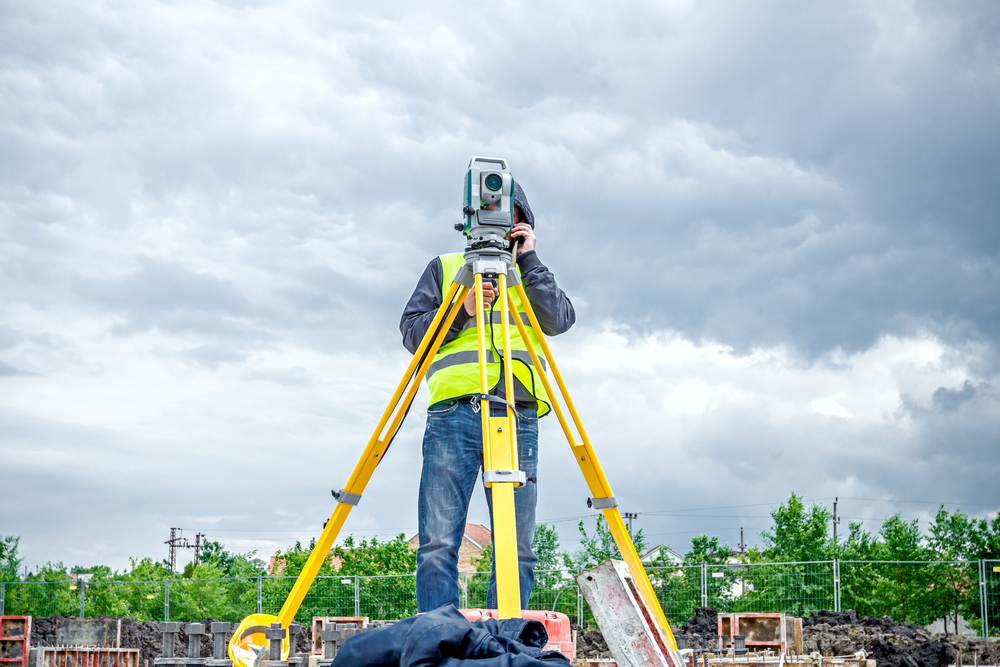
Land Survey Types: What You Should Know
Land surveys are crucial processes in various industries, from real estate development to infrastructure projects. They provide accurate measurements and descriptions of land parcels, helping ensure legal compliance, property delineation, and effective site planning. Understanding the different types of land surveys and their methods is essential for anyone involved in land development or ownership. This article explores the primary types of land surveys and their importance in different contexts.
Overview of Land Surveys
A land survey involves measuring and mapping a specific area’s terrain, boundaries, and features. These surveys are conducted by professional surveyors using specialized equipment and techniques. The data collected is used to create maps, establish legal boundaries, and support construction projects. The accuracy of land surveys is critical for preventing property disputes and ensuring developments comply with zoning regulations.
Types of Land Surveys
There are several types of land surveys, each serving distinct purposes based on the needs of the project or property owners. Here are the main types:
1. ALTA/NSPS Land Survey
An ALTA/NSPS survey is conducted according to standards set by the American Land Title Association (ALTA) and the National Society of Professional Surveyors (NSPS). It is commonly used for commercial real estate transactions and provides detailed information about property boundaries, easements, and improvements. ALTA surveys ensure that buyers and lenders have a clear understanding of the property’s conditions before completing a transaction.
2. Boundary Survey
A boundary survey determines property lines and corners, verifying the legal description of a property. It is essential for resolving boundary disputes and ensuring that property owners know the exact limits of their land. Boundary surveys may also involve researching historical documents and markers to establish accurate property boundaries.
3. Topographic Survey
A topographic survey maps the natural and man-made features of a parcel of land. It includes elevation changes, contours, trees, buildings, and other relevant details. Topographic surveys are crucial for engineering design and site planning, providing a foundation for drainage, grading, and construction projects.
4. Construction Survey
Construction surveys, also known as layout surveys, are conducted during the development phase of a project. They ensure that buildings, roads, utilities, and other infrastructure elements are constructed according to design plans and specifications. Construction surveys help maintain project timelines and prevent costly errors during the building process.
5. Site Planning Survey
Site planning surveys assess the feasibility of a development project on a specific piece of land. They consider factors such as zoning regulations, environmental impact, and infrastructure requirements. Site planning surveys help developers and planners optimize land use and minimize potential challenges before starting construction.
Different Land Survey Methods
Land surveyors employ various methods and technologies to gather accurate data during surveys. These methods include:
- GPS Surveying: Global Positioning System (GPS) technology allows surveyors to collect precise location data using satellite signals. GPS surveying is efficient for large-scale surveys and provides accurate geographic coordinates.
- Total Station: A total station integrates electronic distance measurement (EDM) with angle measurement to determine coordinates and distances. It is commonly used for detailed surveys and construction layout.
- LiDAR: Light Detection and Ranging (LiDAR) uses laser pulses to measure distances to the Earth’s surface. It generates highly detailed 3D maps, making it suitable for topographic surveys and environmental assessments.
- Traditional Surveying: Traditional surveying methods involve using optical instruments like theodolites and levels to measure angles and distances manually. While less common in modern surveys, traditional methods are still employed in certain situations for their precision.
Importance of Accurate Land Surveys
Accurate land surveys play a crucial role in property ownership, development, and legal compliance. They provide essential information that helps:
- Prevent Disputes: Clear property boundaries and legal descriptions reduce the risk of boundary disputes between neighboring landowners.
- Support Development: Detailed surveys support efficient and safe development by providing information necessary for planning, design, and construction.
- Ensure Compliance: Surveys ensure compliance with local zoning laws, environmental regulations, and building codes, preventing legal issues and delays.
Conclusion
Understanding the different types of land surveys and their methods is essential for anyone involved in land development, real estate transactions, or property ownership. Whether you’re planning a construction project, resolving a boundary dispute, or buying commercial real estate, consulting with a professional surveyor can provide the accurate data needed to make informed decisions. By investing in a comprehensive land survey, individuals and businesses can avoid potential pitfalls and ensure the success of their projects.
Need Site Engineers & Land Surveyors in Seguin, TX?
Bettersworth & Associates, Inc. is an experienced team of resourceful and award-winning land planners. Established in 1953 in Seguin, Texas, we have gained recognition in creating better places in which to live, learn, work and play. Our goal is to improve the value of our clients’ land resources in a way that advances their missions and improves their communities. We are proud of the long-term relationships we have developed with our clients through creative and responsive advocacy. These relationships have helped us earn a reputation for getting noteworthy projects built in each industry we serve. Call us today!
Categorised in: Land Surveying
